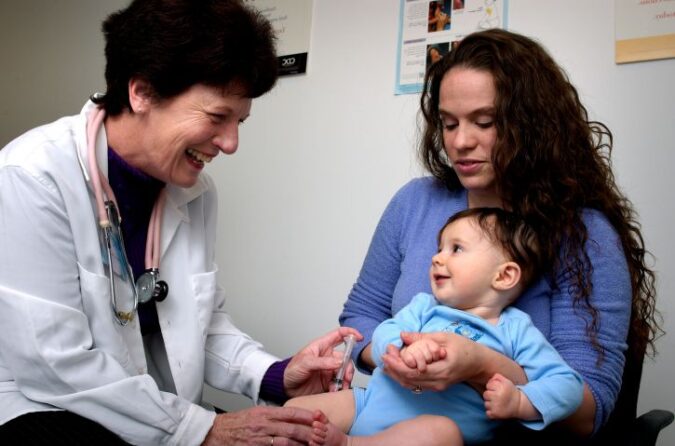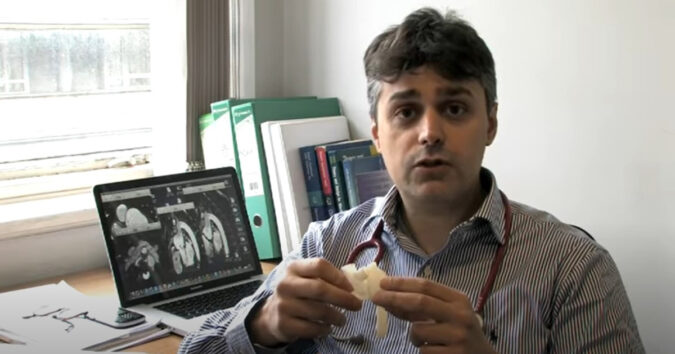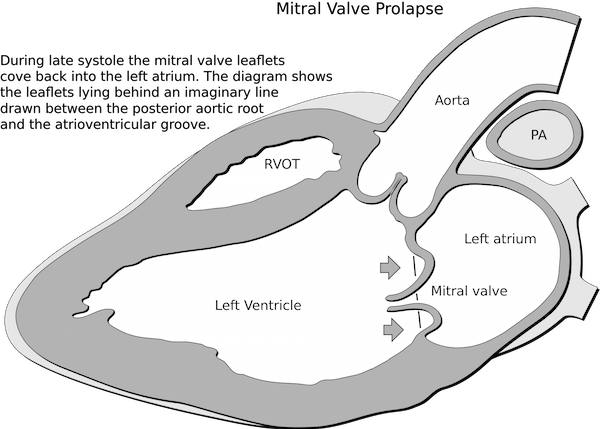De novo mutations in congenital heart disease with neurodevelopmental and other congenital anomalies
Congenital heart disease (CHD) patients have an increased prevalence of extracardiac congenital anomalies (CAs) and risk of neurodevelopmental disabilities (NDDs). Exome sequencing of 1213 CHD parent-offspring trios identified an excess of protein-damaging de novo mutations, especially in genes highly expressed in the developing heart and brain. These mutations accounted for 20% of patients with CHD,…







